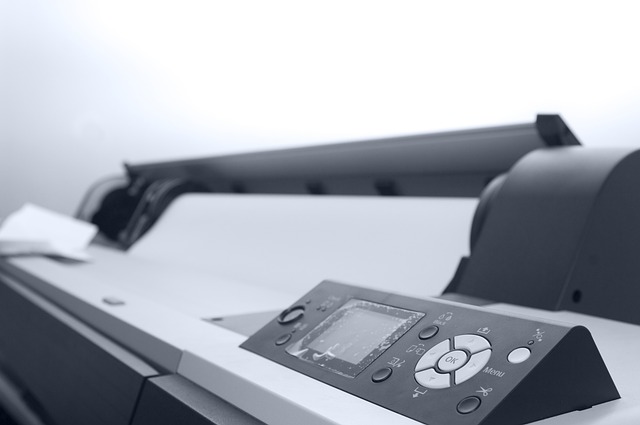As photographers, we often find ourselves immersed in the details of capturing the perfect shot. From composition to lighting, every element plays a vital role in creating stunning images. However, one essential aspect that is frequently overlooked is the image format. Understanding the right format can make or break your photographic endeavors and can drastically alter how the photo is perceived.
When considering photography, it’s not merely about having a great camera or advanced optics—it’s also about how you store and edit those precious moments. Different image formats have unique characteristics that suit various photographic needs. For instance, RAW files retain much more detail and allow extensive post-processing flexibility, while JPEGs are compact and convenient for quick sharing. Making the right choice affects the final outcome of your photo and how it interacts with light.
Light is the soul of photo capture. It defines mood, structure, and presence. When you utilize RAW format, you’re giving yourself the ability to manipulate how that light translates on screen. Adjustments for exposure, white balance, and shadows can be performed without significant loss in quality—elements that are critical in achieving that perfect radiance. On the other hand, if you’re shooting in JPEG, those adjustments can quickly degrade image quality, leaving you with artifacts instead of the pristine clarity you initially envisioned.
Optics play a significant role in capturing light as well. Your choice of lens can influence depth of field, sharpness, and even the way light interacts with your subject. However, no matter how exceptional your optics are, the image format you select will determine how well those characteristics are preserved in the final output. A great lens paired with an inadequate image format will limit your artistic expression, possibly creating unnecessary frustration.
Moreover, sharing your work with others is a crucial part of being a photographer. Consider your audience and the platforms you use to showcase your work. Social media often favors JPEGs due to their smaller size, which loads faster and takes up less storage. However, if you’re preparing prints or entering competitions, high-quality formats like TIFF or RAW are essential to ensure your image’s full potential is expressed. The right image format can at times feel like a bridge between your creative vision and the audience’s experience, providing them a peek into the world as you see it.
Ultimately, mastering the image format isn’t about sticking to one choice; it’s about understanding how each option works in harmony with the elements of light, camera settings, and optics to create a polished final product. The more you explore these aspects, the more adept you’ll become at expressing your artistic intent through every click of the shutter.




